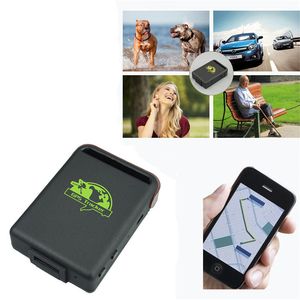

Thin-film photovoltaic cells and batteries that gather and store solar energy would take advantage of large surface areas exposed to the sun on the envelope of a building. Other layers would contribute additional functionality, including phase change materials (PCMs) to moderate temperature, and organic light emitting diode (OLED) technology to supply light and allow for information display similar to a computer screen. PET is colorless, transparent, and inexpensive, with high mechanical strength. Among the substrates researched, polyethelyne terephthalate (PET), a material used in boat sails and soda bottles, proved the best option for shelter against rain and wind. The concept needed to combine several technologies from various industries in order to meet the requirements of shelter, climate control, lighting, information display, and power. The research and development of SmartWrap™ began in collaboration with industry partners, including DuPont and ILC Dover (best known for creating space suits for NASA). It is a mass customizable, energy-generating, lightweight, and sustainable envelope that integrates the segregated functions of a conventional wall into a multi-layer skin of just a few millimeters in thickness, which can be wrapped around the structural frame of a building. The desire to reimagine the traditional building envelope, and to replace the expected brick-and-mortar or glass assemblies, propelled the creation of SmartWrap™. Section view of the prototype's thin PET layers as displayed at the Cooper-Hewitt National Design Museum.
The table included a template to guide the placement of thin-film PVs. The fabricator, Universal Services Associates, Inc., built a custom table to stretch the PET to achieve the best balance of tension and stability for the frames. For the purposes of the exhibition in 2003, it was necessary for the systems to be adhered to the PET by hand. SmartWrap™ on display at the Cooper-Hewitt National Design Museum in New York City in 2003.Īt the time, some components such as OLED and PCM technologies were only emerging, and there was no developed system for organic printing onto a substrate. Temperature sensors were added to provide a more complete understanding of the insulative capacities of the building envelope, the efficacy of the thermal stack, and the dynamics between outdoor temperatures and the interior environment of the house.

The second SmartWrap™ prototype, deployed in 2008, incorporated multiple layers of PET, with thin-film PVs adhered to the exterior and solar heat and UV blocking film on the interior. The first SmartWrap™ prototype included one layer of PET with thin-film batteries, thin-film PVs and OLEDs adhered and a second layer of PET with PCMs and aerogel insulation.Īpplication of thin-film photovoltaic cells and copper circuitry.ĭetail of technology adhered to the PET substrate.


 0 kommentar(er)
0 kommentar(er)
